※Japanese ver click here
Hello, My name is Naoya Yokoyama of the Public Relations Department, Technology Public Relations Department, and Nagoya division at Rymansat Project. I also lead the UAV(Unmanned Aerial Vehicle) activity.
I have joined Rymansat Project since November 2019 and this is my first post.
I would like to explain a brief self-introduction and the background of this exchange meeting!
I live in Aichi prefecture and am an electrical engineer. I am strongly interested in space development.
When I looked for a group doing space development on the weekend by the Internet, PD AeroSpace, LTD (doing business as PDAS) recruited volunteers (commonly called Uchu house) in a good time.

PDAS establishes the development base in Hekinan City, Aichi Prefecture in Japan, and is developing a reusable launch vehicle (spaceplane). PDAS is developing a spaceplane aiming for commercial operation of the 110km sub-orbital space travel(scheduled for May 2024).
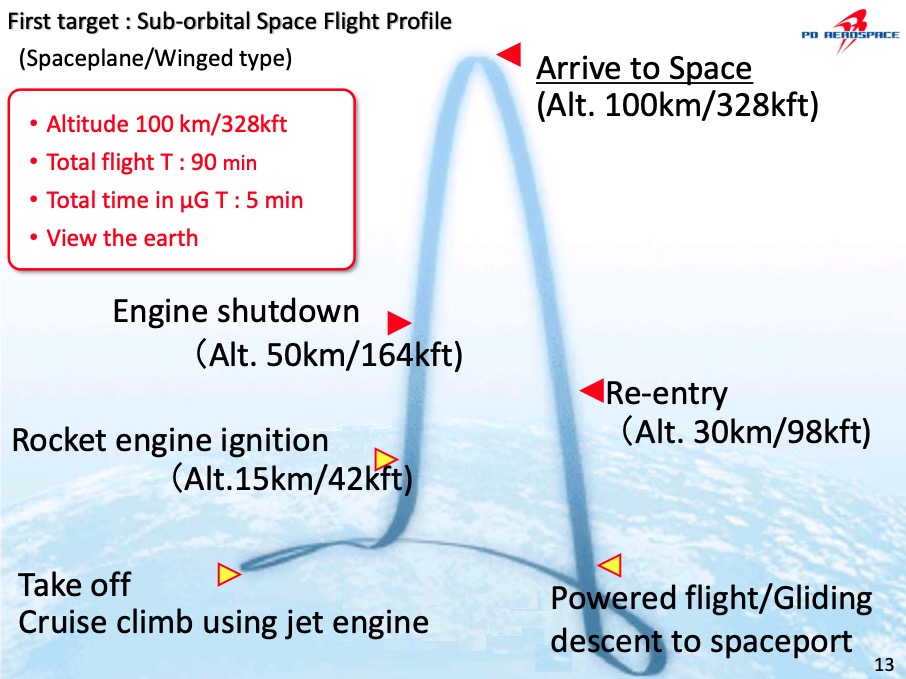
For more information, please visit the website below!
・PDAS Website
・Business Summary
・Uchu House Summary
・Government Crowd Funding, GCF(Only Japanese)
After applying to the PDAS Uchu house, I was successfully hired, and now I belong to the corporate planning group as a member of the 4th term of the space house, and I am helping with the branding of the space house.
I joined Rymansat Project after I became a member of the space house.
I often read articles about Rymansat Project and thought that it would be fun.
When I traveled to Tokyo and attended a regular meeting held every month, I enjoyed it so much that I took part in Rymansat Project.
Since I heard from Otani, one of the founders of Rymansat Project, that he wanted to have a relationship with PDAS, PDAS readily agreed to the exchange meeting for space development when I talked with PDAS about it. Then, I will tell you about the event of this exchange meeting.
The Rymansat Project members gathered at Nagoya Station in the morning on Saturday, February 15.
They except me came to Nagoya station by bullet train from Tokyo! To get the PDAS R&D center takes about an hour by car from Nagoya Station. While taking a break on the way, we drove to the site for safe driving.
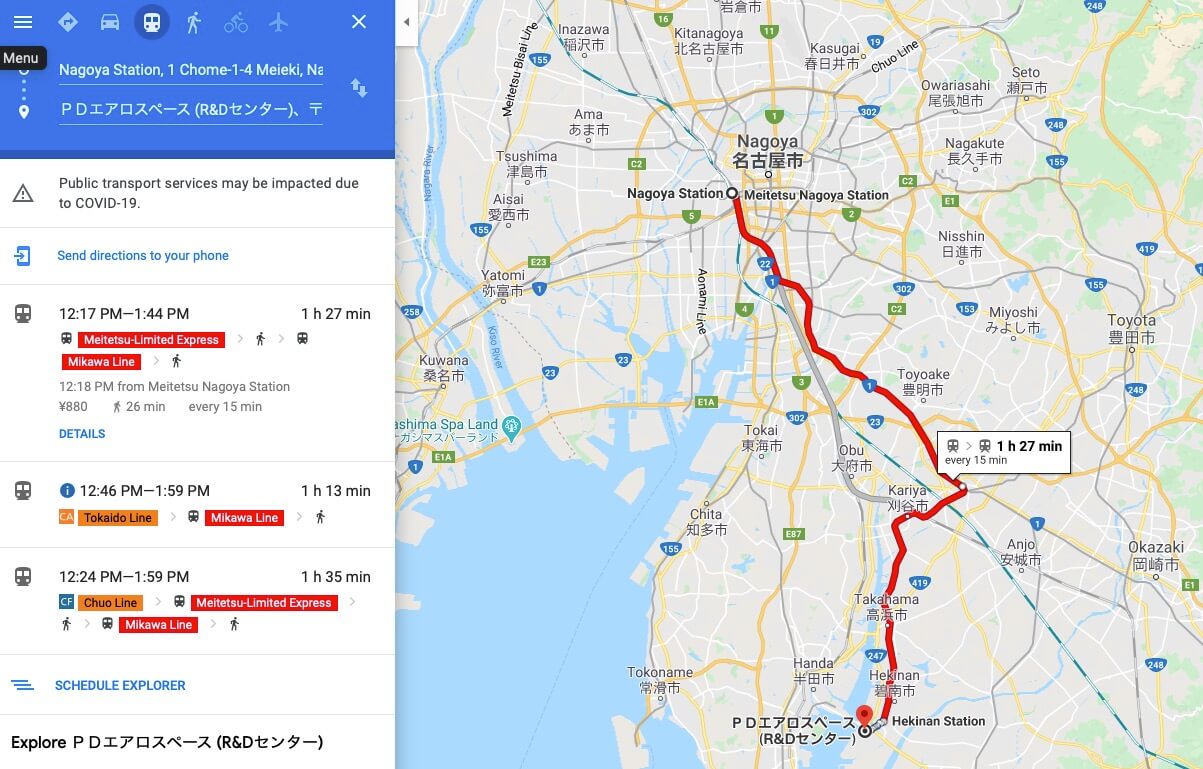
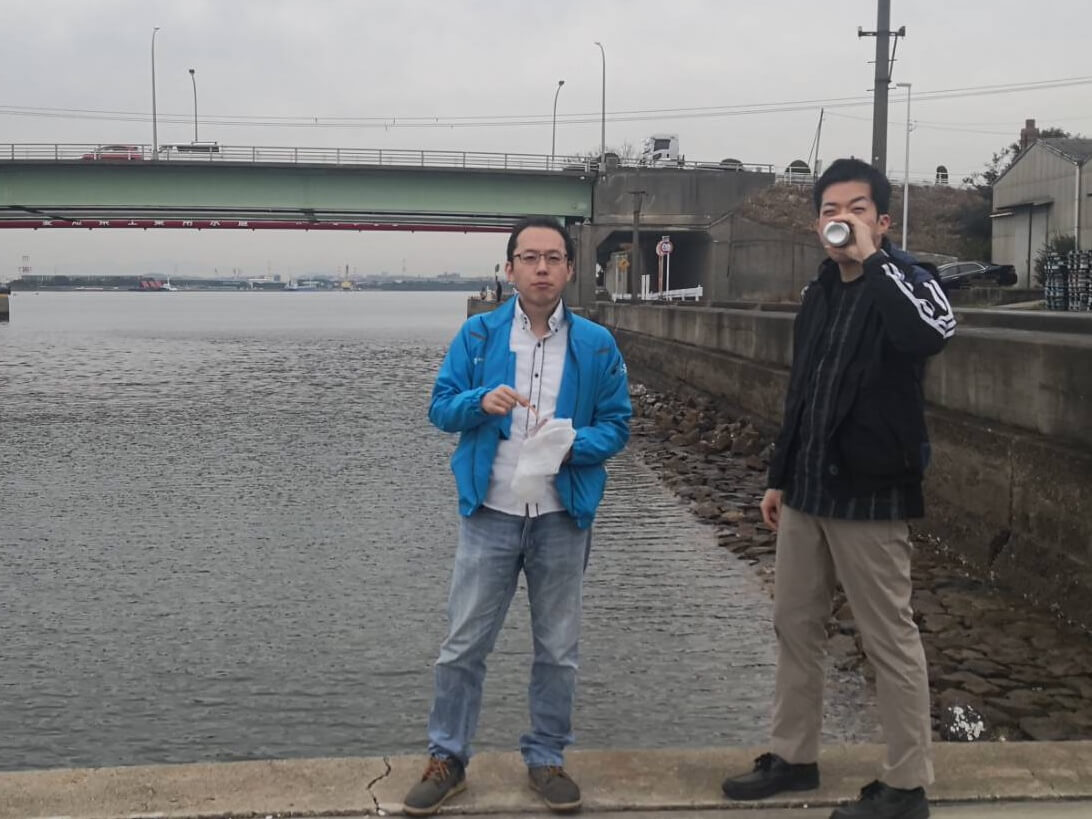
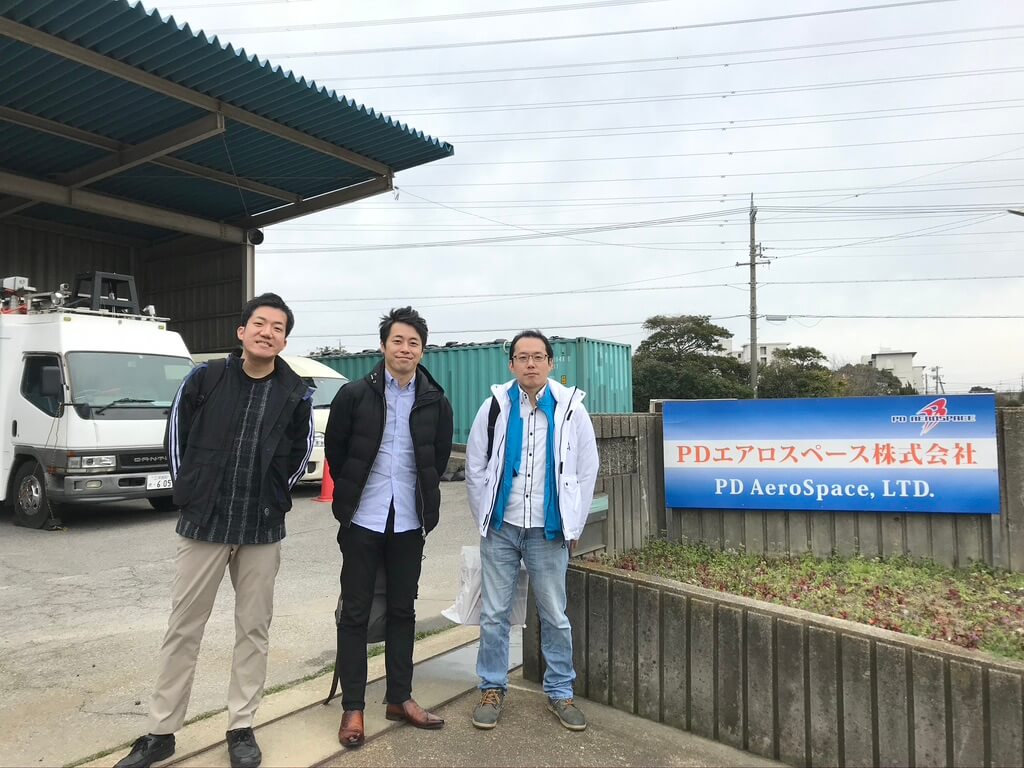
PDAS CSO Tokunaga, Ojima, Komatsu in charge of planning and public relations, Kunimatsu in charge of spaceplane operation, and members of the Uchu house and internship student attended at the exchange meeting. PDAS explained the current status of spaceplane development/technical information and the intention of establishing the Uchu house. The Rymansat Project members also shared the intention of the establishment and information on the projects/activities. We received a compliment from PDAS that about 700 members of Rymansat Project were amazing. We held a discussion session for about 2.5 hours.

After the exchange meeting, we visited the design site/factory. PDAS CEO Ogawa was in charge of everything from the design scene to the function of the pulse detonation engine and explanation of the experimental equipment.
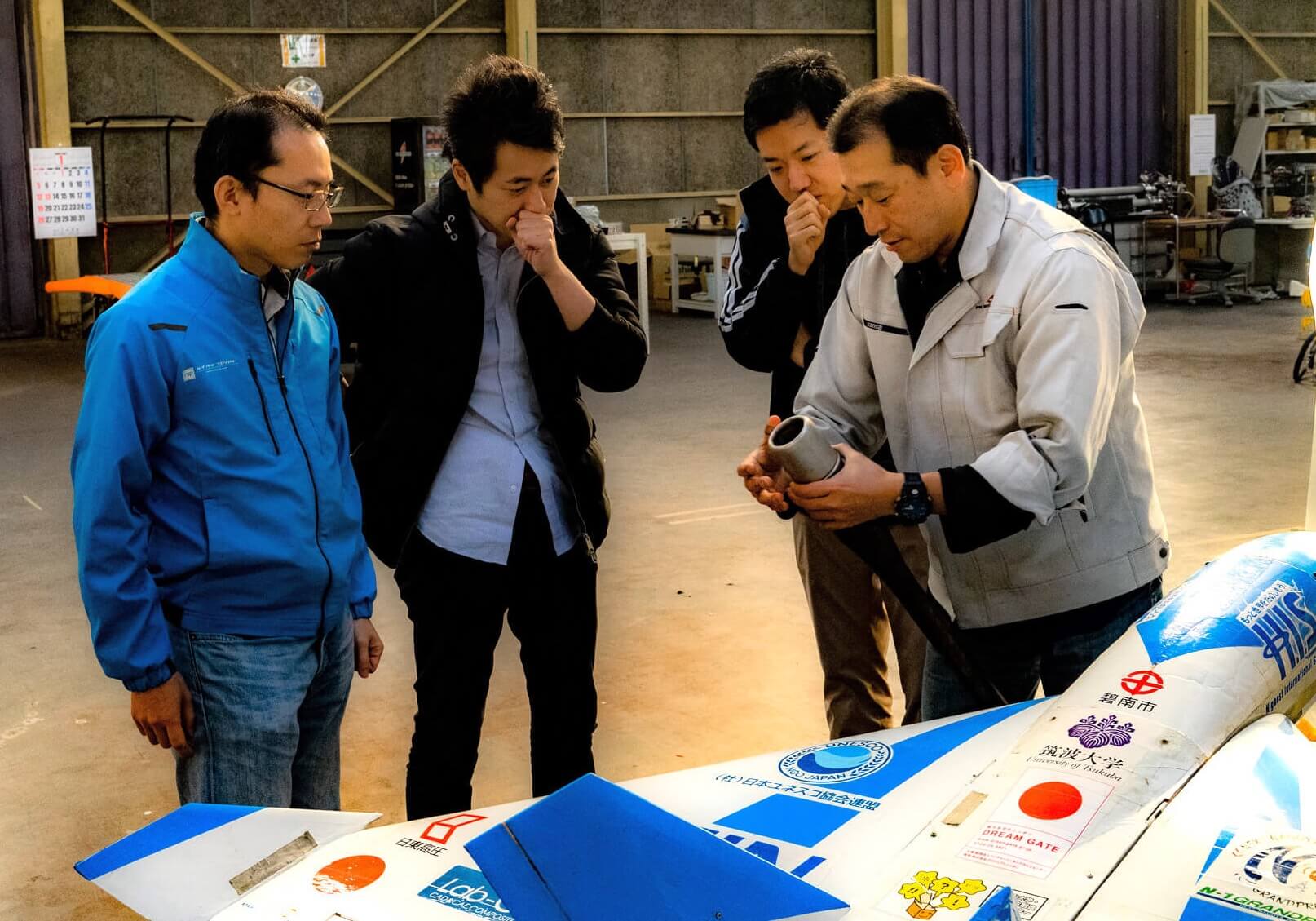
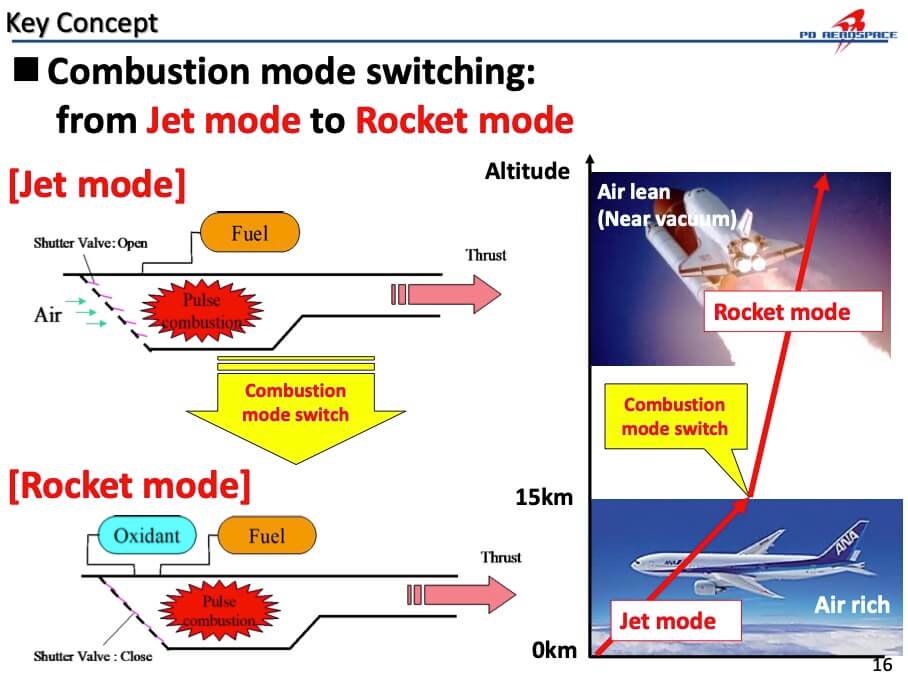
The greatest feature of PDAS is the combustion mode switching engine that has both a jet engine and rocket engine functions. Since the air is present when the spaceplane is flying from the ground to an altitude of 15 km, it will fly with jet thrust in a jet combustion mode that burns the fuel onboard the spaceplane with the air. At higher altitudes, the air becomes thin and fuel cannot be burned with the air. Therefore, by switching to the rocket combustion mode that burns the oxidizer and fuel mounted on the spaceplane, it is possible to obtain thrust and fly to outer space.
The space travel that PDAS is going to provide will allow you to experience the weightlessness for about 5 minutes while looking down at the earth below. When returning to the ground, the spaceplane can switch to jet combustion mode / fly over the sky, so even in the unlikely event of an emergency (bad weather, the airport fills out), the spaceplane can temporarily wait in the sky or divert ( It is safe because it can be landed at other airports). It is difficult to control thrust and is not suitable for flying over the sky because the rocket engine is a technology adopted to obtain thrust to fly into outer space. If the spaceplane has only a rocket engine, it is difficult to abort (mission cancel) during takeoff and landing, or must glide (descent at a certain angle to the ground) when returning to the ground. Therefore, a dedicated runway (about 4,000 m) is required, which causes problems of the construction/operation costs.
However, in the case of PDAS, since the spaceplane has a jet engine function, you can use the runway of the existing airport at the time of takeoff and landing, so it gives a cost advantage of constructing/operating in the airport.

Hekinan City Hall has found the place for PDAS. It has all kinds of machine tools and special equipment. For engineers, a large working space is indispensable for making test equipment and evaluation samples. I could not find this much space in Tokyo, so it is an enviable work site.
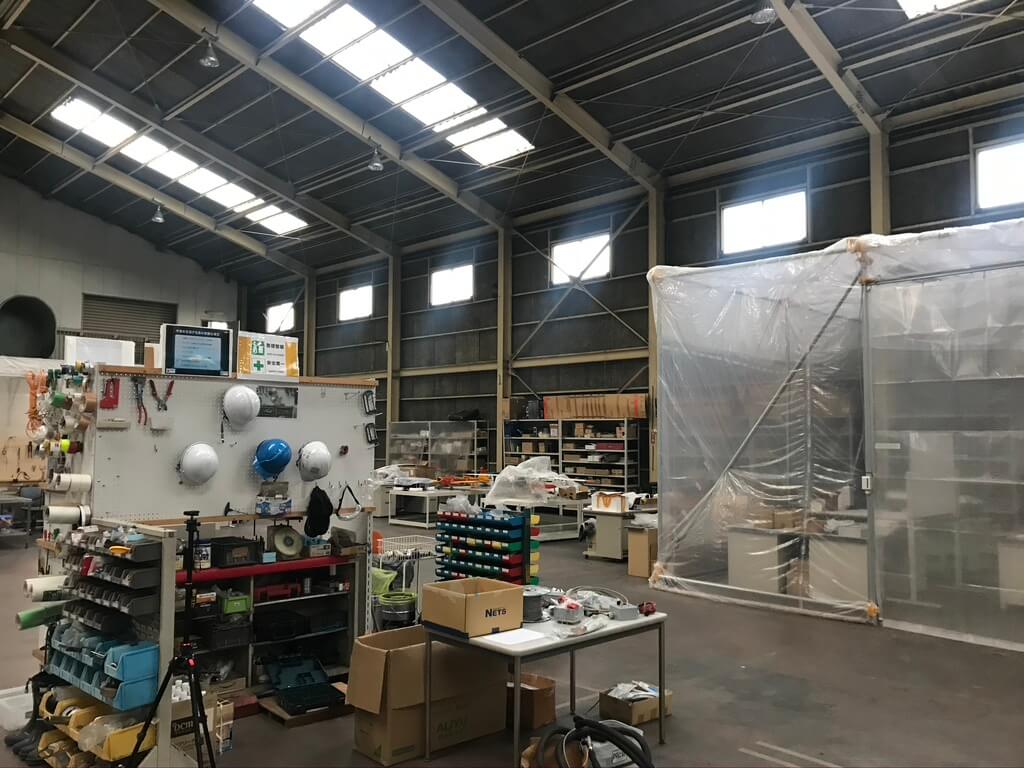
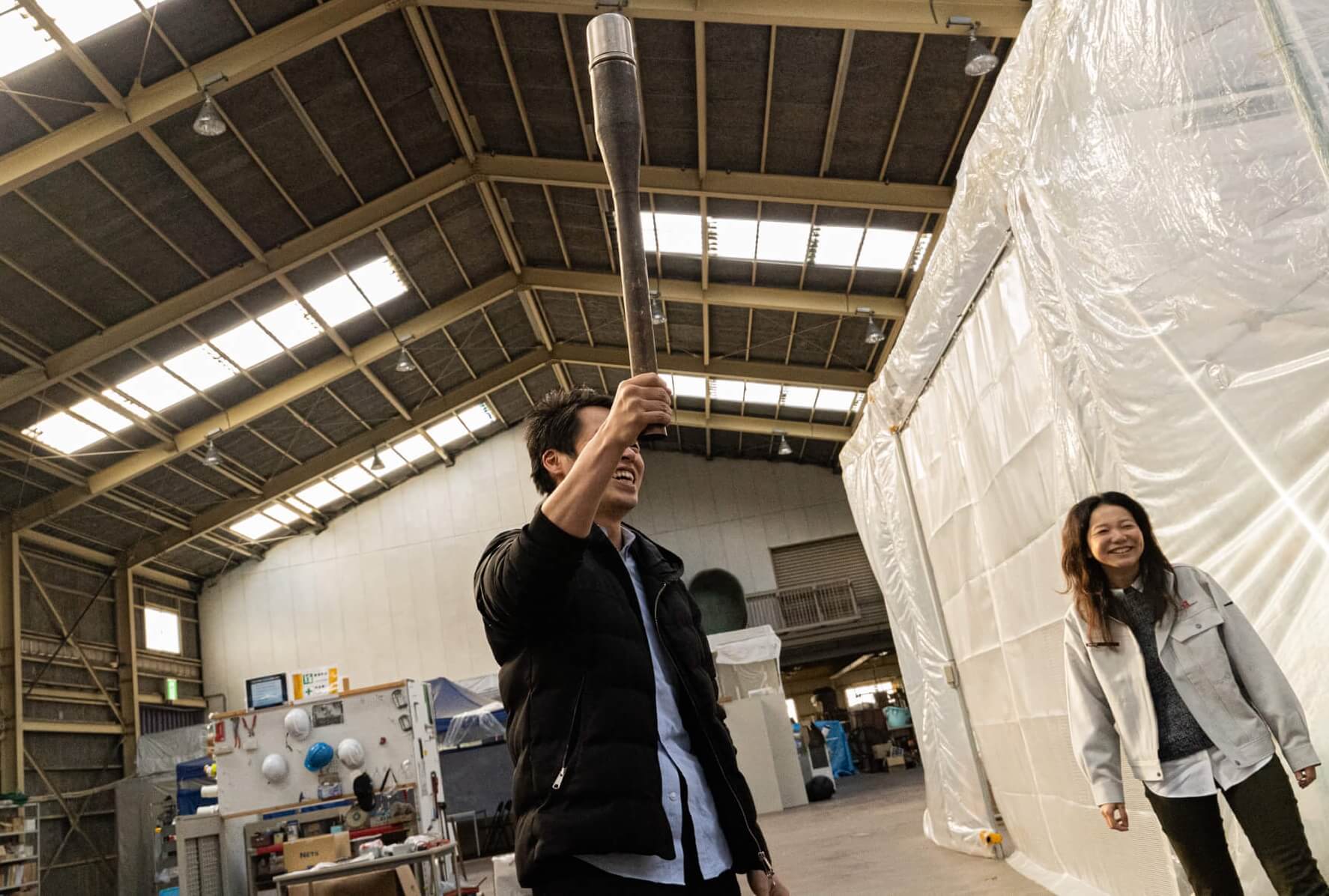
After the site tour was over, the Rymansat Project members of Nagoya branch joined together for drinking party around Nagoya Station! Thank you to everyone at PDAS for having a good time! From now on, we shall strive for good relations!
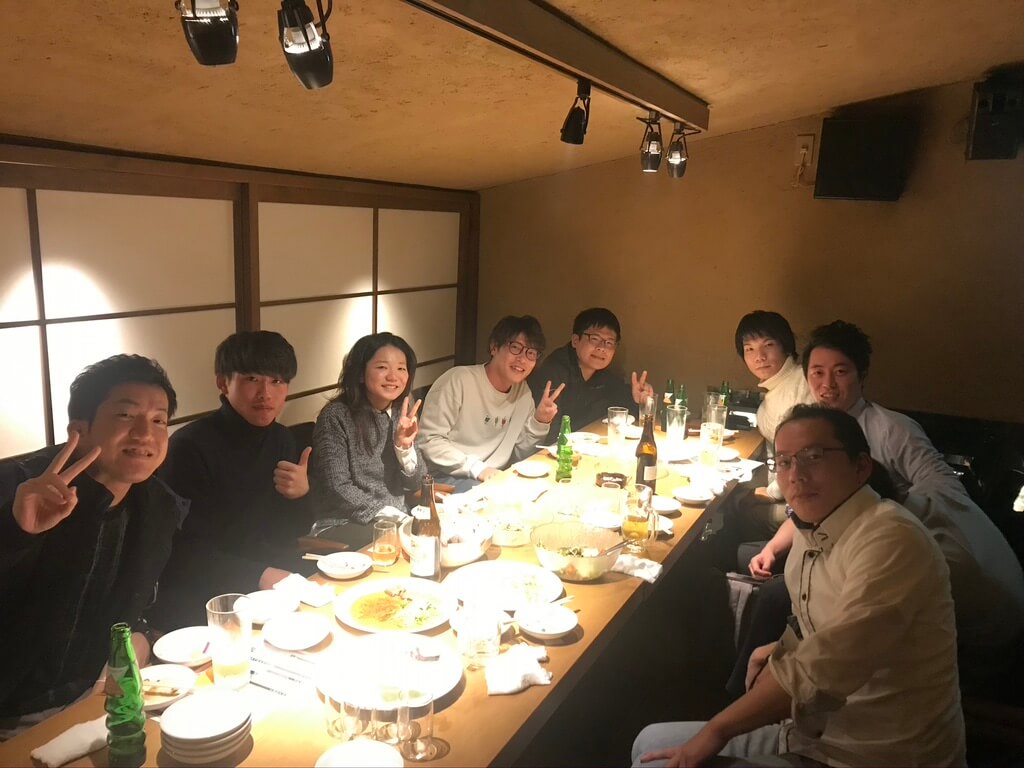
If you are interested in the activities of Rymansat Project and want to talk about space development with us, please feel free to ask us!
**************************************************
Why don’t you join us in space development?
The activities of Rymansat Project members are summarized below. Please take a look!
https://www.rymansat.com/join
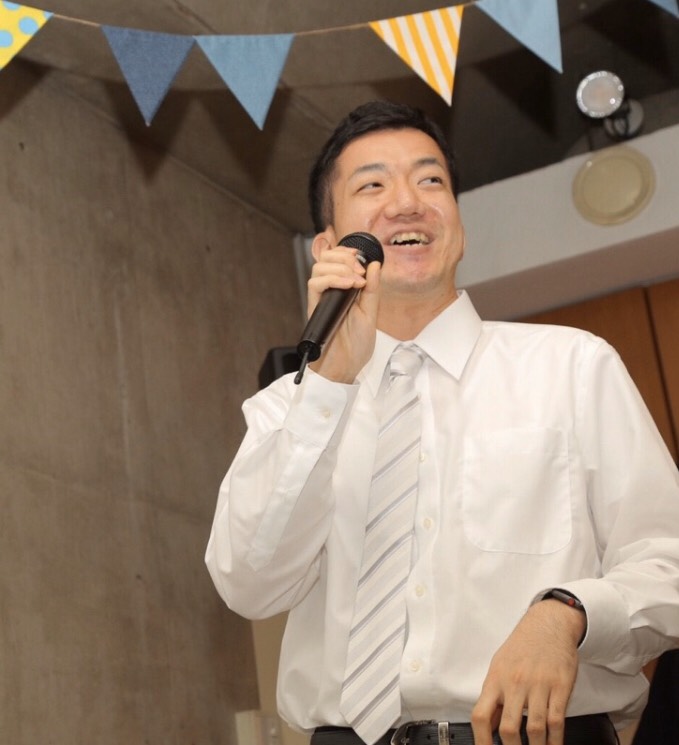 【Writer: Naoya Yokoyama】
【Writer: Naoya Yokoyama】
Public Relations Department
UAV Activity Leader
PD AeroSpace, Probono Publico
Travel, Planning for cross-industry exchange meeting
